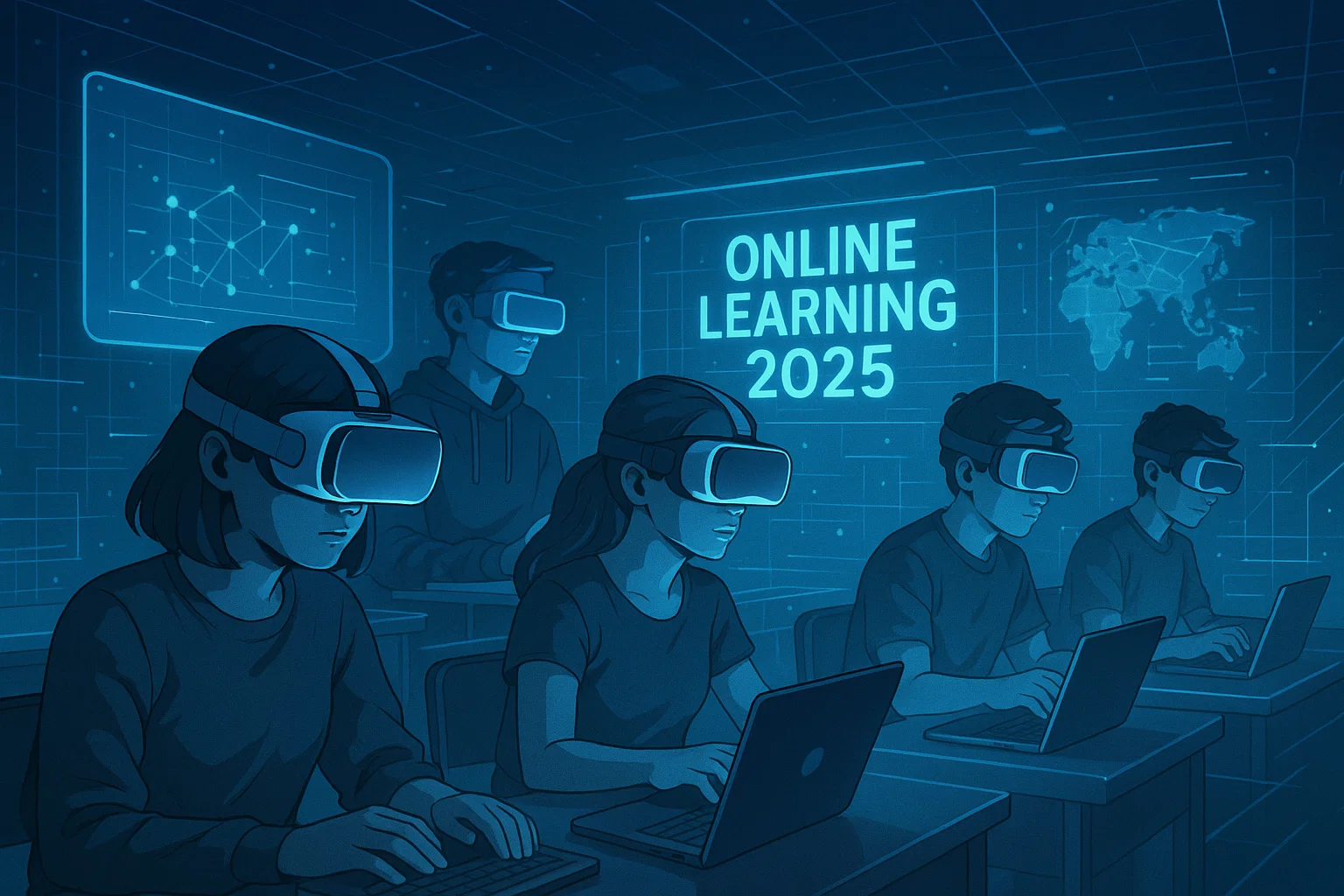Introduction
The world of education has changed more in the past five years than in the previous fifty. Since the pandemic, online learning has grown from a temporary solution into a powerful, permanent pillar of global education.
In 2025, online learning platforms, AI tutors, and digital classrooms have completely transformed how students study, connect, and build their careers. Here’s what every student needs to know about how online learning has evolved — and how to make the most of it.
1. AI Tutors Are the New Study Partners
In 2025, artificial intelligence (AI) has taken online education to the next level. Smart AI tutors now offer personalized lessons, analyze student performance, and even provide instant feedback on assignments.
Instead of one-size-fits-all classes, learners now receive custom learning paths designed to match their pace, strengths, and weaknesses. Platforms like Coursera, Khan Academy, and Google Learn AI are leading the trend with adaptive AI systems.
Tip for students: Use AI tutors as personal learning assistants — but don’t rely on them entirely. Combine AI tools with self-study and teacher interaction for the best results.
2. Hybrid Learning Becomes the Standard
Gone are the days of choosing between “online” or “offline.”
In 2025, most universities and schools now follow a hybrid learning model, blending both in-person and online sessions. This flexible approach gives students more control over when and how they learn.
For instance, lectures may happen online, while discussions or lab work occur on campus. This helps students save time, travel costs, and energy — while still getting hands-on experience.
3. Global Classrooms Without Borders
Online learning has broken the barriers of geography.
In 2025, students can attend classes from Harvard, Oxford, or Tokyo University — all from their own laptops. Virtual classrooms now support real-time translation, allowing students from over 100 countries to learn together seamlessly.
This globalization of education means more opportunities to collaborate, network, and access world-class mentors than ever before.
4. Short Courses and Micro-Credentials Dominate
Employers in 2025 are increasingly valuing skills over degrees.
Micro-courses, nano-degrees, and short-term certifications are replacing traditional 4-year programs for many fields. These focused programs help students learn practical skills fast, such as digital marketing, coding, or AI prompt engineering.
Examples of trending micro-courses in 2025:
- Generative AI for Business
- Remote Project Management
- Global Entrepreneurship Essentials
- Cloud Computing Foundations
5. Virtual Reality (VR) and Augmented Reality (AR) Make Learning Real
Online learning is no longer limited to reading PDFs or watching videos.
In 2025, VR and AR classrooms allow students to explore human anatomy in 3D, walk through ancient cities, or simulate lab experiments — all virtually.
This hands-on digital experience helps learners understand complex topics more effectively and keeps them deeply engaged.
6. Accessibility and Inclusion Get Stronger
Technology in education is now more inclusive than ever.
Automatic captions, voice commands, screen readers, and real-time translation tools have made learning accessible to students with disabilities or those who speak different languages.
Governments and institutions are pushing for universal access to digital education, ensuring no student is left behind.
7. The Rise of Lifelong Learning
In 2025, learning doesn’t stop with graduation.
Professionals are returning to online platforms for career upgrades and reskilling, especially in fast-changing industries like AI, finance, and healthcare.
Platforms such as LinkedIn Learning, Udemy, and Google Career Certificates now serve millions of adult learners globally.
Conclusion
Online learning in 2025 is smarter, faster, and more inclusive than ever before. With AI-driven systems, global classrooms, and immersive VR lessons, students have unlimited opportunities to learn and grow.
But success still depends on discipline, curiosity, and balance.
The most successful learners are those who combine technology with motivation — and never stop learning.


